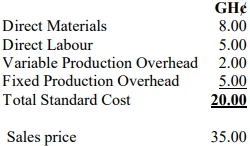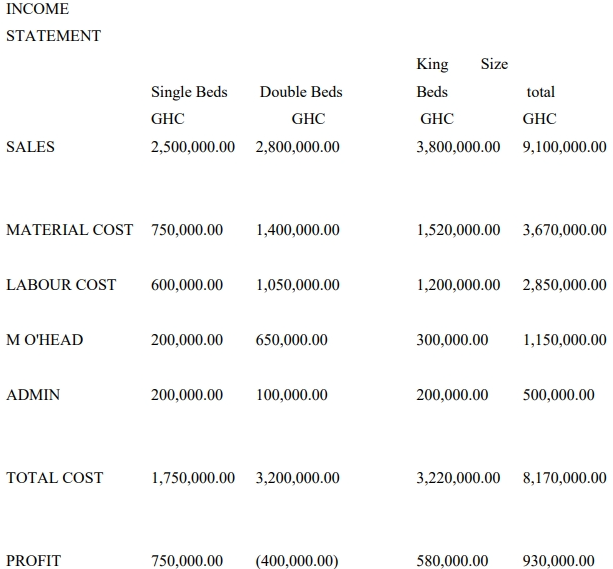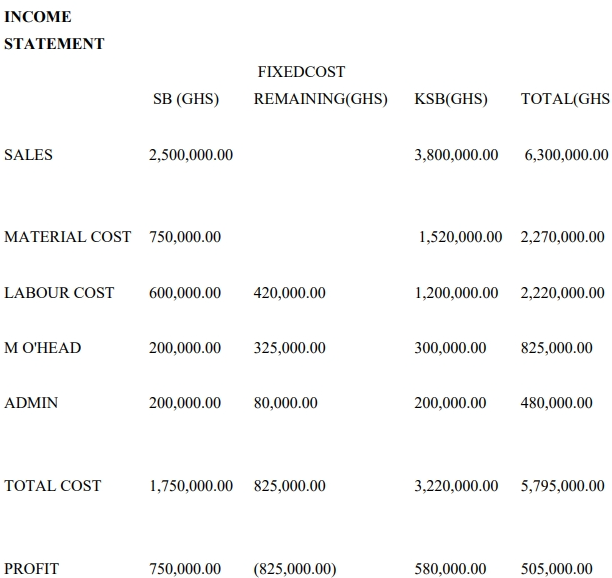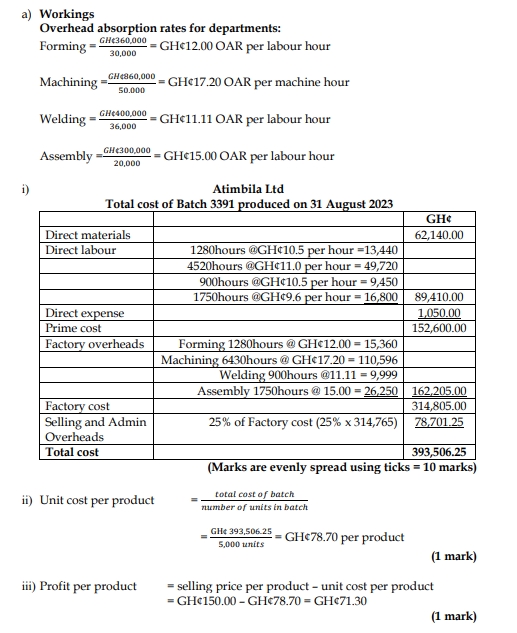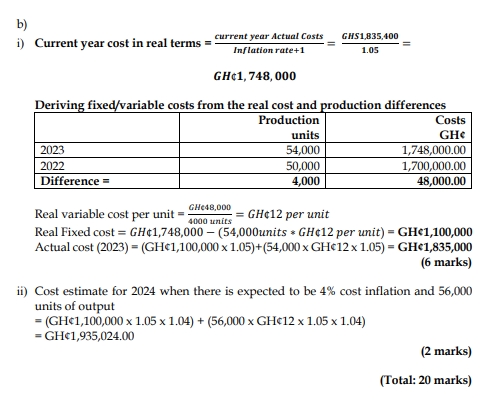- 1 Marks
Question
The formula which states that total contributions equal units of sales multiplied by contribution per unit is correct if the selling price:
A. And fixed cost are constant
B. And variable cost are constant
C. Varies and variable cost is constant
D. Varies and fixed cost is constant
E. And variable cost vary
Answer
Answer: B
Explanation:
The correct answer is B (And variable cost are constant). The formula for total contribution is given as:
Total Contribution = Total Contribution = Units Sold × Contribution per Unit
This formula is valid only if the contribution per unit remains constant, which means that both the selling price and the variable cost per unit must remain unchanged. If either the selling price or the variable cost varies, the contribution per unit would change, making the formula invalid.
- Tags: Contribution analysis, Cost behavior, Fixed Costs, Profit Calculation, Variable Costs
- Level: Level 1
- Topic: Cost-Volume-Profit (CVP) Analysis
- Series: MAY 2016
- Uploader: Joseph

